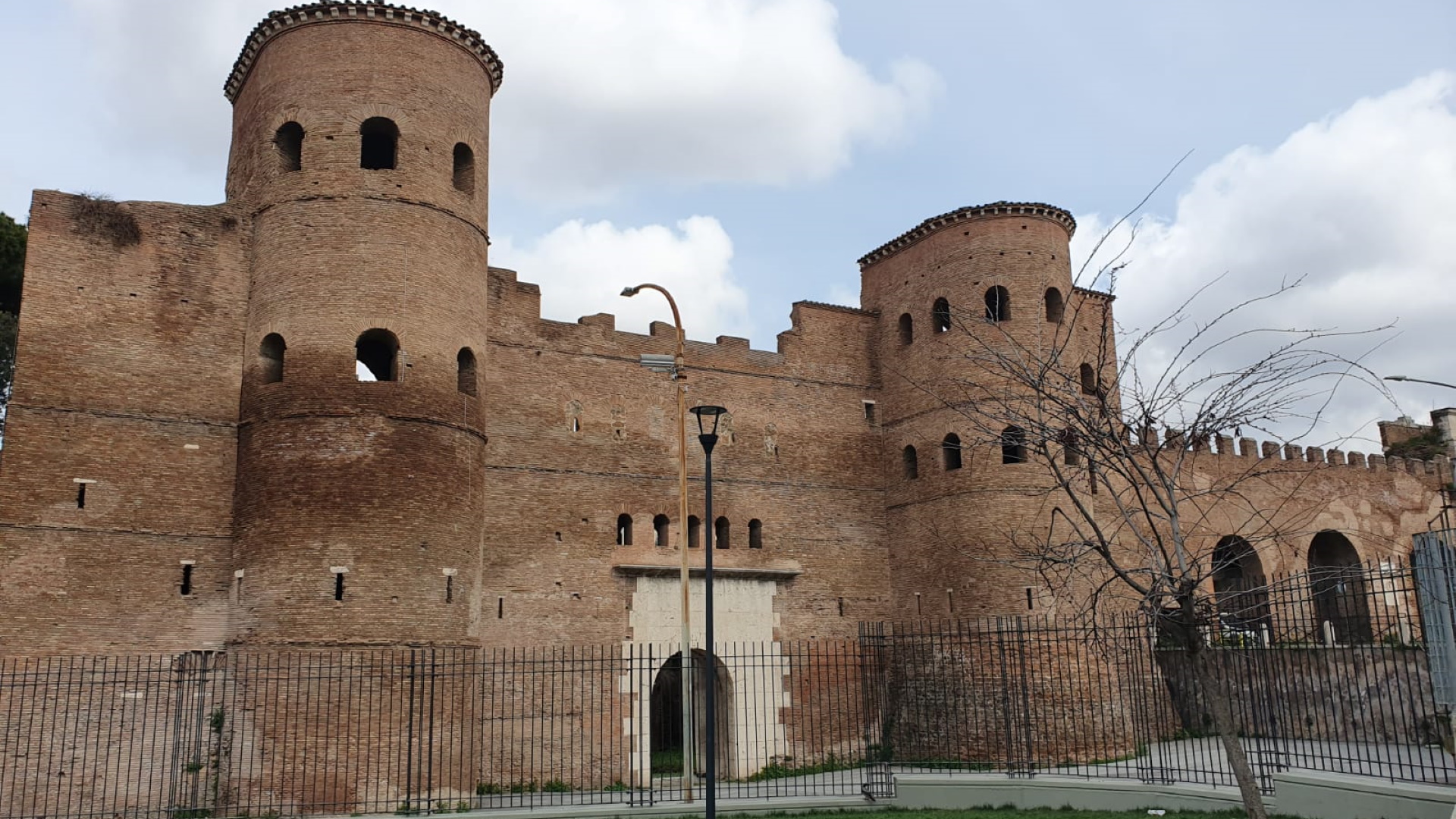
Located close by Porta San Giovanni, it was initially a small door with a single archway between two quadrangular towers. Through the Aurelian Walls, it allowed the passage to Via Asinaria, a minor street connecting to Via Tuscolana.
The name, of uncertain origin, could derive from the Asinii family, which had properties in the area or, perhaps, from the intense local transit of donkeys for the transport of goods.
The nearby episcopal seat of the Lateran increased the strategic value of the gate, which, at the beginning of the 5th century, was monumentalized by the emperor Honorius (395-423 AD) with the addition of two semicircular towers and the widening of the entrance arch covered in travertine.
The gate was transformed into a real defensive structure, thanks also to the adjustments made during the Middle Ages and the Renaissance. Inside, an inner door and a guard yard were built, and the height of the building was almost doubled.
On the external travertine façade, a series of windows - five on the first floor and six on the second one - illuminated the rooms above the door, used as chemins de rondes and manoeuvring rooms for the portcullis that closed the archway. The quadrangular towers have loopholes and windows; the semicircular towers have two windowless lower floors and two upper floors with five arched windows.
From Porta Asinaria, some historical figures entered Rome: the Byzantine general Belisarius in 536, while the Goths fled from Porta Flaminia, Totila, king of the Ostrogoths, ten years later, and Henry IV during the Sack of Rome in 1084.
It remained open until the period of Pope Pius IV (1559-1565) to be definitively closed in 1574, due to the progressive raising of the surrounding ground level, and replaced by Porta San Giovanni, inaugurated by Pope Gregory XIII for the Jubilee of 1575.
Remained completely underground for centuries, the monument has returned to its original appearance, thanks to the relevant restoration work carried out by the Municipality of Rome in the 1950s.
A walk among the walls, the archways, and the towers

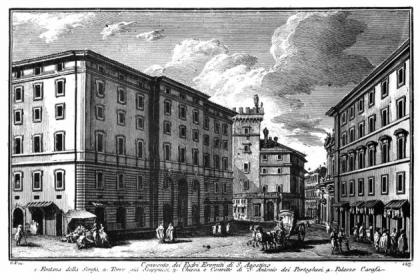
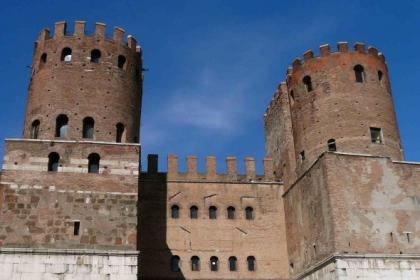
 Condividi
Condividi
The Basilica of St. John Lateran
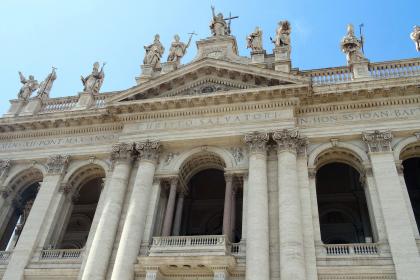
 Condividi
Condividi
Museo delle Mura
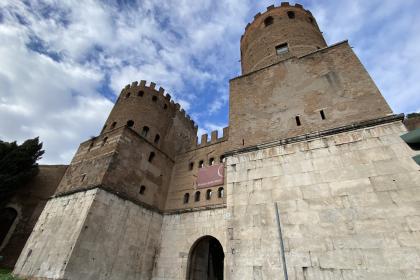
 Condividi
Condividi
The Basilica of Santa Croce in Gerusalemme
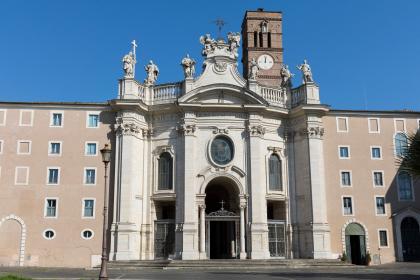
 Condividi
Condividi
Information
Admission to the monument is allowed to groups and associations, with their own guide, who must make a reservation at 060608 (daily, 9.00 - 19.00).Maximum 25 people per visit.For individual visitors, who must also make a reservation at 060608, individual visits are also possible according to a schedule specified on the page >Monumenti del territorioStarting from 01/08/2024 the site will be temporarily closed to the public for the start of the works envisaged by the PNRR
 Condividi
Condividi
Location
To find out about all accessibility services, visit the Rome accessible section.











































